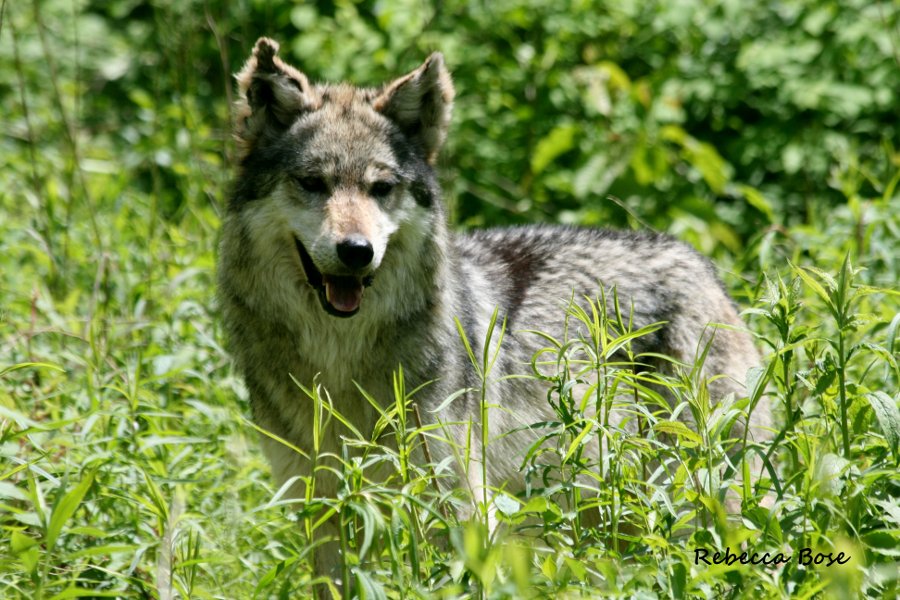12
Jul
In the News: Three Endangered Mexican Wolves Now At CT’s Beardsley Zoo

Fewer than 100 left in the wild and only 300 in captivity
Visitors can now meet three Mexican wolves at Connecticut’s Beardsley Zoo, the newest additions to the Bridgeport venue. Mexican wolves are a critically endangered species, with fewer than 100 left in the wild and only 300 in captivity
The wolves, all female and all 6 years old, arrived at the zoo on May 20 from the California Wolf Center and had remained off exhibit through July 4 while they adjusted to their new surroundings.
“We are bringing in these rare Mexican wolves in hopes of being able to breed them in the future,” said Gregg Dancho, zoo director. “If we are successful, the wolves born in captivity will be part of a re-introduction program aimed at increasing their numbers in the wild. These magnificent animals had been virtually wiped out in the United States and Mexico and are only just beginning to be reintroduced successfully in Arizona.”
Goal is to breed the wolves
With conservation as part of its mission, Connecticut’s Beardsley Zoo hopes to breed the Mexican wolves through the Association of Zoos and Aquariums’ (AZA) Species Survival Plan (SSP). The AZA SSP works to ensure the survival of selected wildlife species.
The program started in 1981 as a cooperative population management and conservation program for selected species in zoos and aquariums in North America.
The re-introduction of the Mexican wolf is being carried out in conjunction with both the AZA and the U.S. Fish and Wildlife Service.
The wolves, which do not yet have names, will be on exhibit in the former timber wolf yard, next to the exhibit that houses the red wolves. Both are located near the Wolf Observation Learning Facility building.
Mexican wolves are fast runners
Part of the grey wolf family, the Mexican wolf (also known as “El lobo” in Spanish) is smaller than its grey cousins and has rounded ears instead of pointed ones.
They also are smaller in size, weighing in at 50 to 85 pounds, about the size of a German shepherd dog. Their long legs and sleek body make them fast runners.
Mexican wolves live in family packs, which are complex social groups that include breeding pairs and their offspring, and they maintain a home range. Extremely intelligent, these wolves communicate through howling, body language, and scent markings.
They eat a variety of prey such as elk, mule deer and javelin. The fact that they also occasionally prey on livestock led to their near-extinction because humans killed them to protect ranch animals.
“¦
Find out more at www.beardsleyzoo.org.
*******
This article appeared in the Shelton Herald on July 8, 2013.
#######
Help Ensure the Best Future Possible for The Offspring of These Mexican Wolves – Act today!
Click here to join our email list for Mexican gray wolf updates and action alerts.
Visit us on Facebook here.
Click here to join our email list for Mexican gray wolf updates and action alerts.
Visit us on Facebook here.
Photo credit: Rebecca Bose, Wolf Conservation Center



